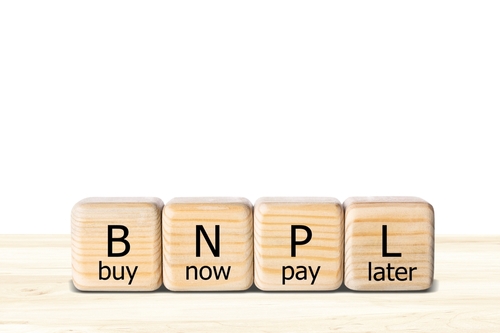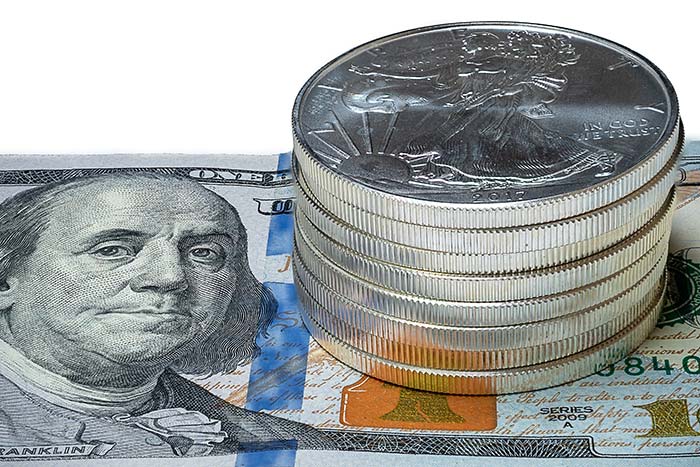Fed Slashes Rates: Your Roadmap to Profit and Pitfalls
Last week, I showed you how to profit from the Federal Reserve’s rate cut. Every sector we discussed is up a day after the Fed lowered interest rates by 50 basis points.
While the market is currently cheering these rate cuts, it’s essential to understand that there are both positive and negative ramifications.
Being aware of these impacts will help you navigate the financial landscape more effectively.
Let’s break down the key implications of the Fed’s rate cut:
Economic Growth
Stimulates Borrowing
Lower interest rates reduce the cost of borrowing for businesses and individuals. This encourages companies to invest more in capital expenditures, expansion projects, and operational improvements.
For individuals, cheaper loans make it more attractive to finance significant purchases, such as homes or cars.
Increased Consumer Spending
With lower borrowing costs, consumers may find it more affordable to use credit for big-ticket items or everyday spending.
This uptick in consumer spending boosts overall demand in the economy, leading to higher production levels and potentially more job creation.
Weaker Currency
Interest rate cuts can lead to a weaker national currency. A lower interest rate makes holding investments in that currency less attractive to foreign investors, causing the currency’s value to decrease.
While this makes exports cheaper and more competitive internationally, it can also make imports more expensive.
Inflation
Potential for Higher Inflation
Increased borrowing and spending can lead to higher demand for goods and services.
If demand outpaces supply, prices may rise, causing inflation. Essentially, too much money chasing too few goods pushes prices up.
Inflationary Expectations
If businesses and consumers expect prices to keep rising, they may adjust their behavior accordingly.
Businesses might raise prices in anticipation, and employees may demand higher wages to keep up with the cost of living. These expectations can create a self-reinforcing cycle of inflation.
Asset Prices
Higher Asset Valuations
Lower interest rates make alternative investments like stocks, real estate, and commodities more attractive compared to fixed-income securities like bonds.
Investors seeking higher returns might move their capital into these assets, driving up their prices.
Housing Market Boom
Cheaper mortgages can lead to increased demand in the housing market. As more people can afford to buy homes, property prices may rise.
This is beneficial for homeowners and the real estate industry but can raise concerns about housing affordability and potential bubbles.
Corporate Behavior
Increase in Capital Investment
Companies benefit from lower borrowing costs, making it easier to finance new projects, upgrade equipment, or expand operations.
This can lead to increased productivity, innovation, and economic growth in the long term.
Debt-Fueled Growth Risks
While access to cheap credit can support growth, excessive borrowing poses risks.
Companies that take on too much debt may struggle if interest rates rise in the future or if there’s an economic downturn, potentially leading to defaults or bankruptcy.
Savings
Lower Returns on Savings
Reduced interest rates mean lower returns on savings accounts, certificates of deposit (CDs), and other fixed-income investments.
This can impact retirees and others who rely on interest income, possibly forcing them to alter spending habits or seek higher-yielding investments.
Shift to Riskier Assets
In search of better returns, savers might move their money into riskier investments like stocks, corporate bonds, or real estate.
While this can increase potential returns, it also exposes them to greater risk and market volatility.
Government and Public Sector
Lower Debt Servicing Costs
Governments with significant debt benefit from reduced interest payments due to lower rates.
This can ease fiscal burdens, potentially allowing for increased public spending on infrastructure, education, or healthcare, or enabling tax reductions.
Increased Fiscal Policy Collaboration
When low interest rates are combined with fiscal stimulus measures (like government spending), the effects on economic growth can be amplified.
Coordinated monetary and fiscal policies can more effectively address economic challenges and promote recovery.
Global Trade and Exchange Rates
Currency Depreciation
A lower interest rate often makes a currency less attractive to foreign investors, leading to depreciation.
While a weaker currency can boost exports by making them cheaper for foreign buyers, it can also make imports more expensive, contributing to domestic inflation.
Impact on Foreign Investment
Reduced yields may deter foreign investors from purchasing government bonds or investing in domestic markets.
This can lead to decreased foreign capital inflows, affecting the balance of payments and potentially leading to further currency depreciation.
Financial Stability
Risk of Over-Leveraging
Extended periods of low interest rates can encourage excessive borrowing by consumers, businesses, and financial institutions.
This over-leveraging increases the risk of financial bubbles, especially in real estate and stock markets.
If these bubbles burst, it can trigger economic downturns and financial crises.
Potential Bank Profitability Issues
Banks earn profits from the difference between the interest they pay on deposits and the interest they receive from loans (the net interest margin).
Lower interest rates can compress this margin, reducing bank profitability. To maintain earnings, banks might take on higher-risk lending, which can threaten financial stability.
![]()
YOUR ACTION PLAN
While the Fed’s rate cut offers several benefits, such as stimulating economic growth and boosting asset prices. It also carries potential downsides, including inflation risks, challenges for savers, and concerns about financial stability.
Understanding these implications is crucial for making informed investment decisions.
In The War Room, we’ll continue to act in real time to capitalize on opportunities as they arise, just as we did before and after the Fed’s rate cut.
We’ll navigate these complex dynamics together, adjusting our strategies to optimize outcomes in this evolving financial environment.
We recently closed a 40% winner in CCJ after holding it for just two weeks. We are also positioning for several catalysts during this rate-cutting cycle, as well as the upcoming election.
Click here to discover more about our trading community in The War Room.
More from Trade of the Day
How Long Can This Silver Run Last?
Jan 15, 2026
Inside the Amazon Decision That Lost Millions
Jan 14, 2026
Fed Investigation Creates Trading Gold Rush
Jan 12, 2026


























